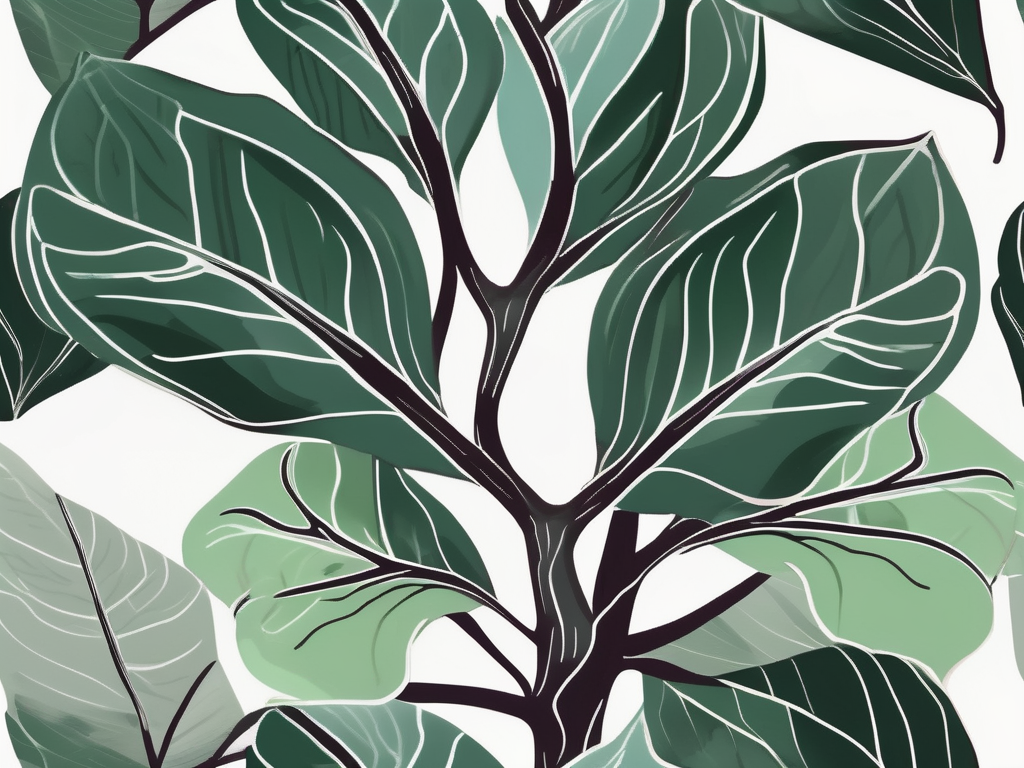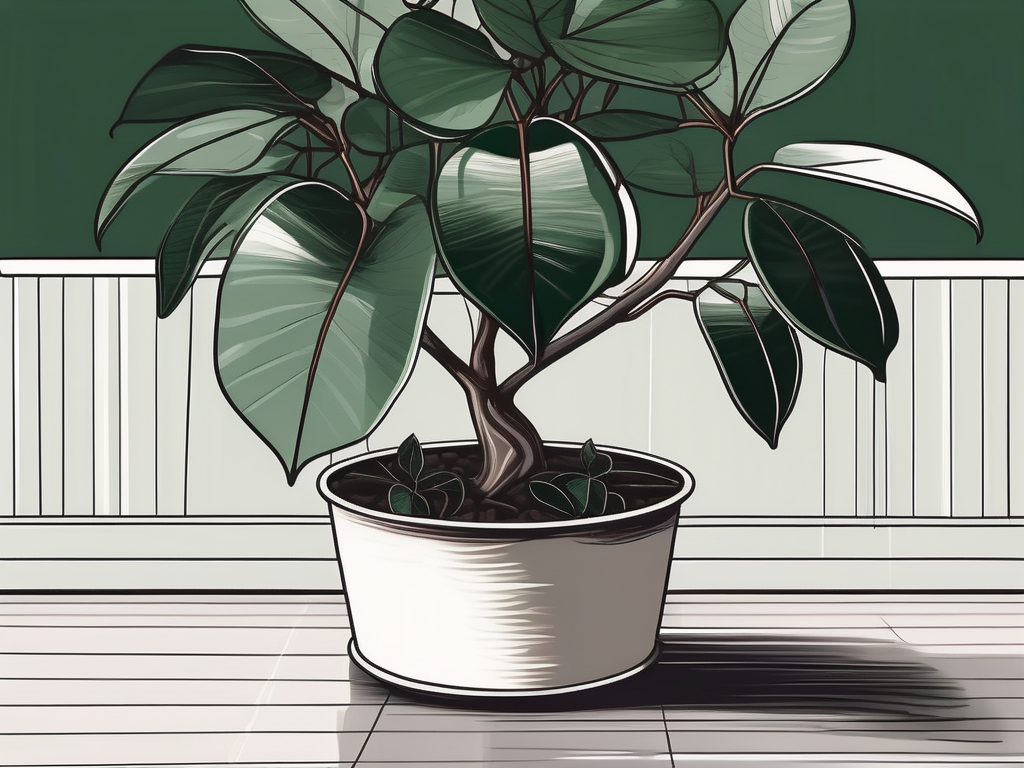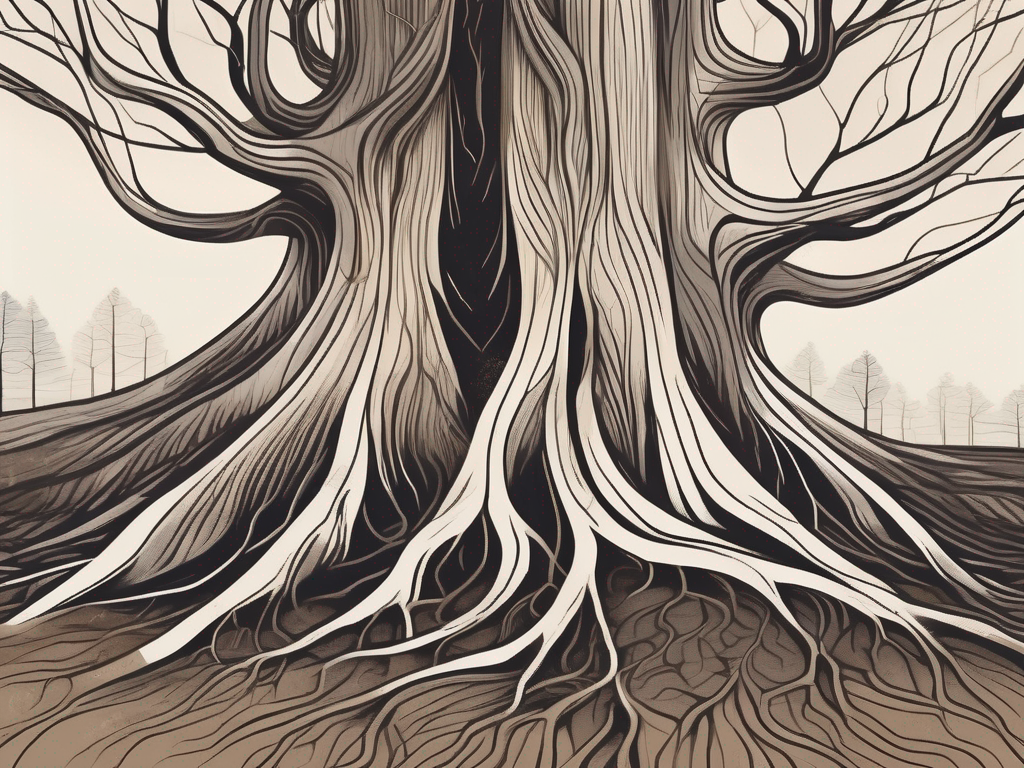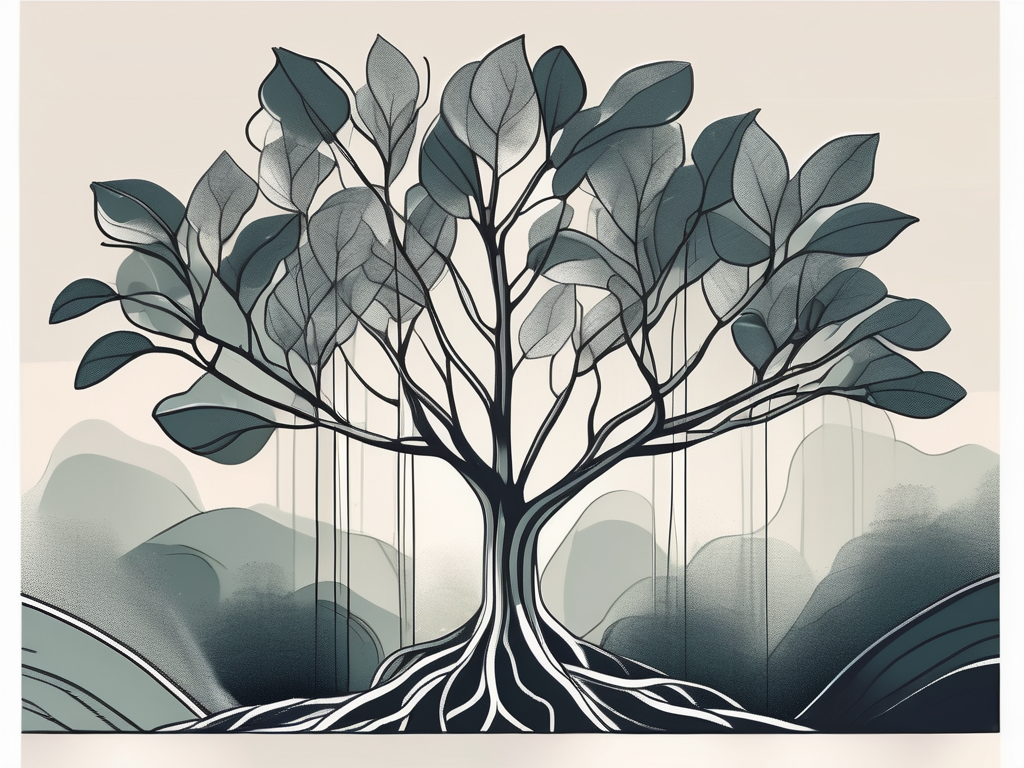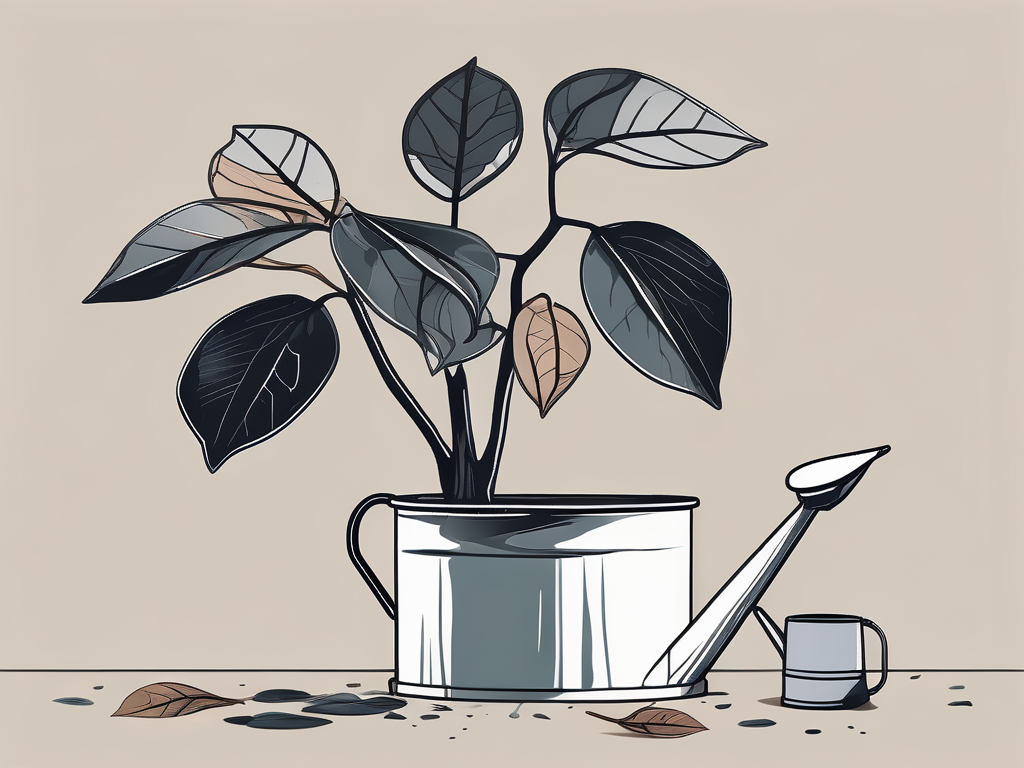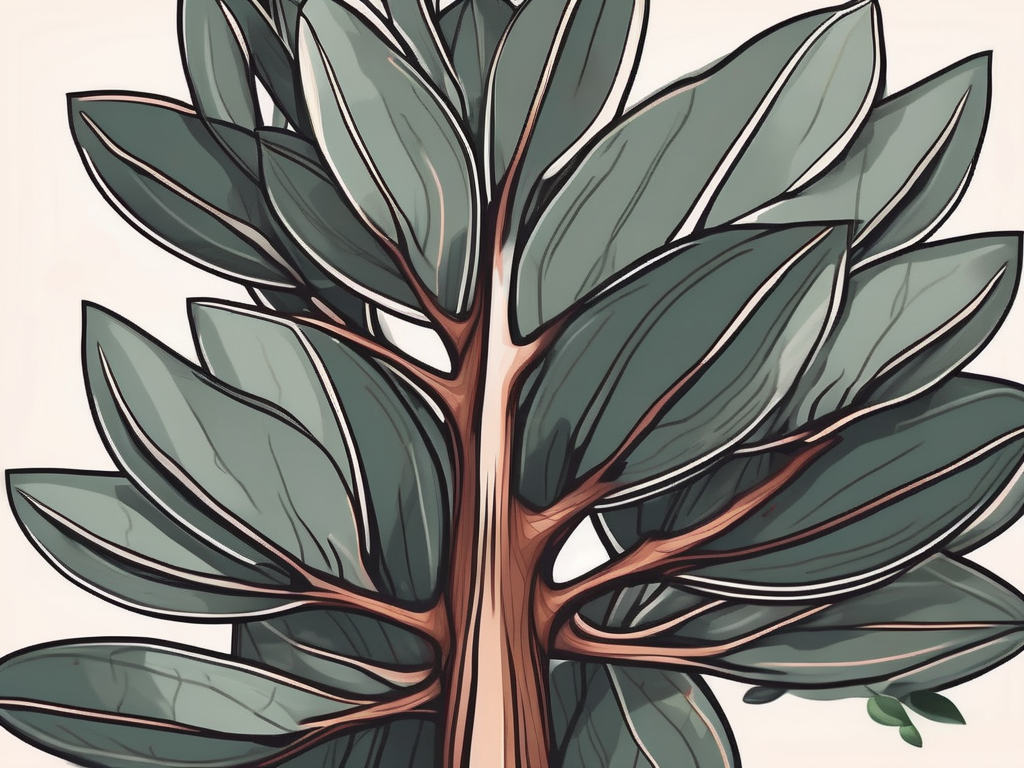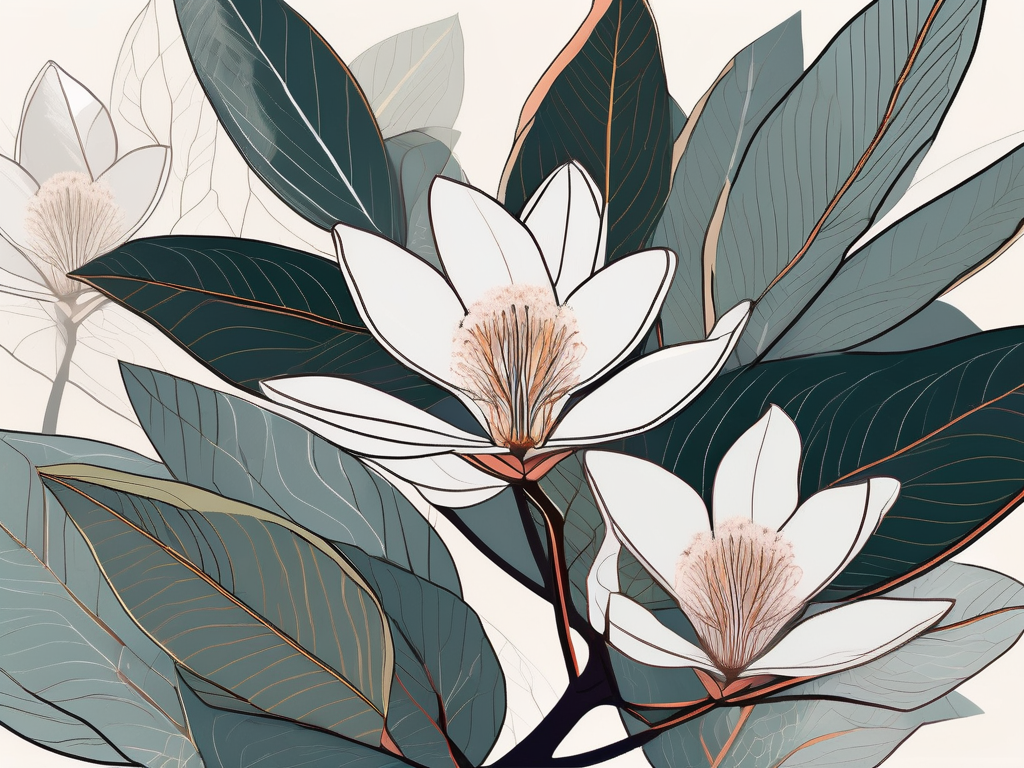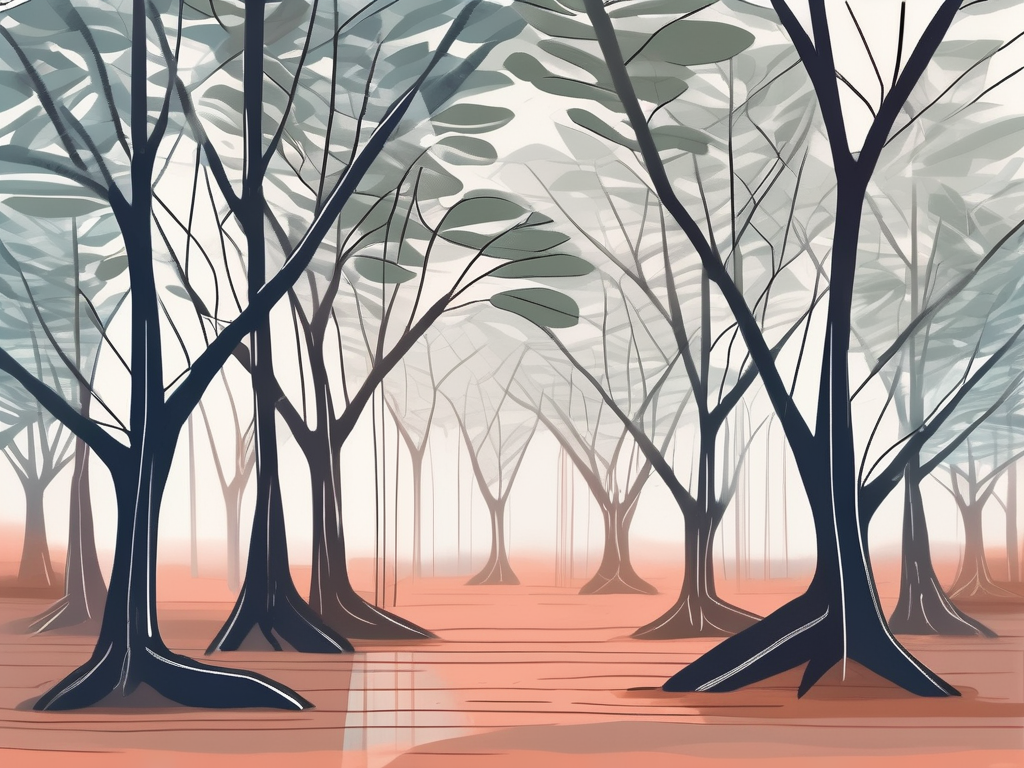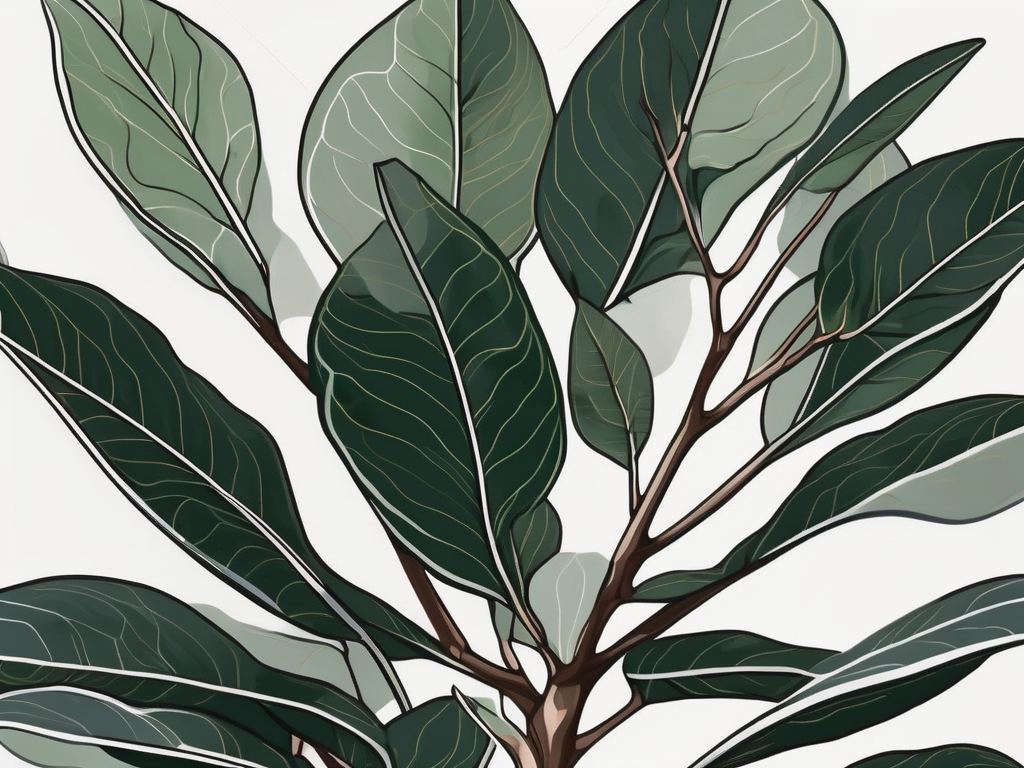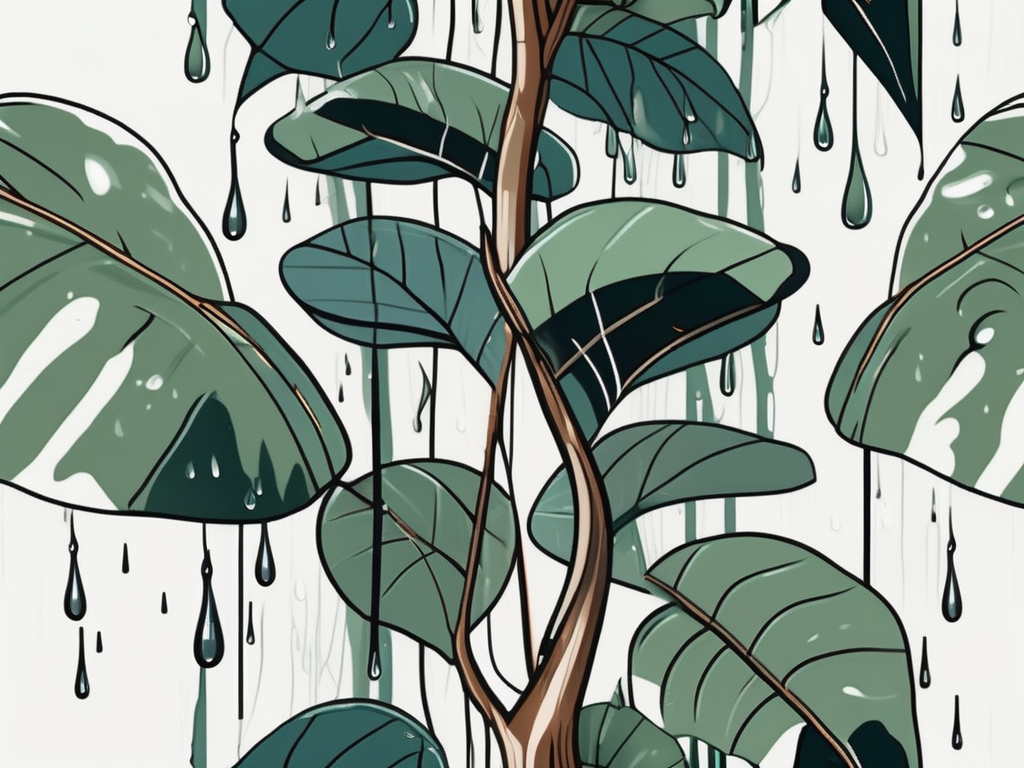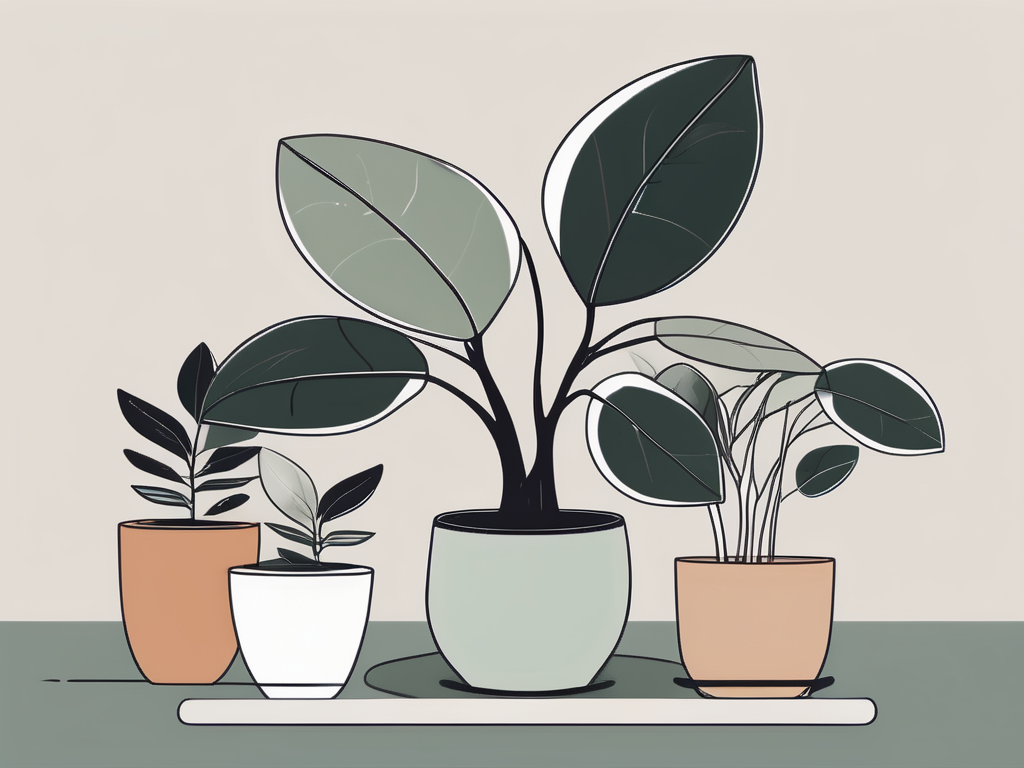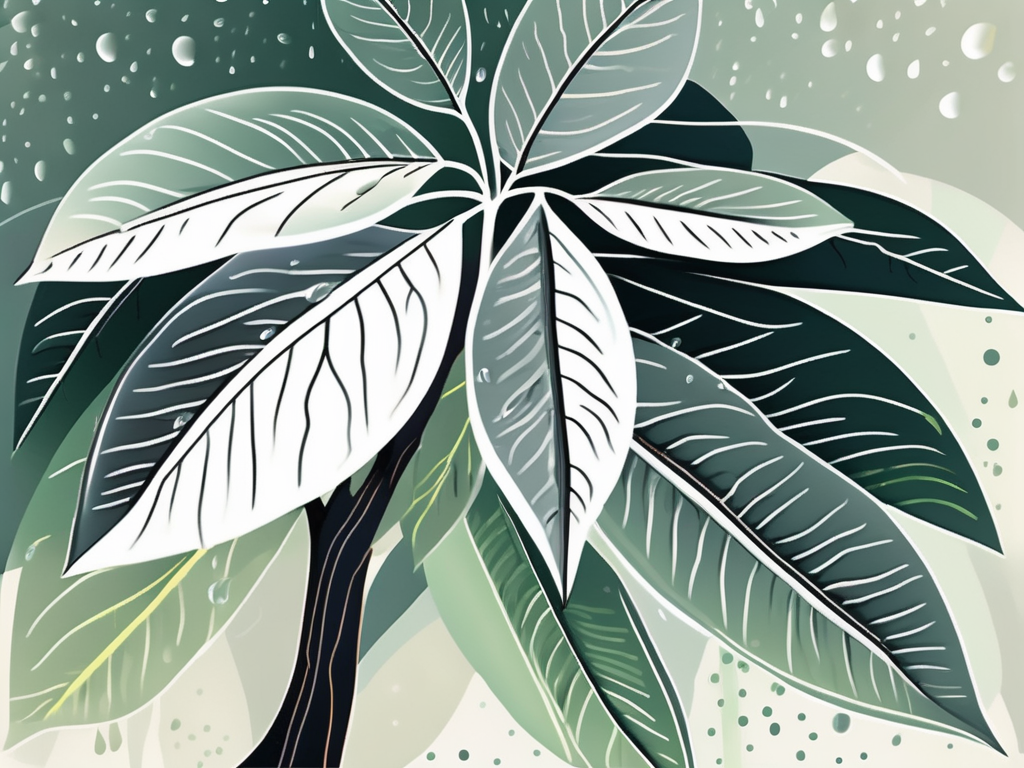
Rubber trees, with their glossy leaves and impressive size, are a beloved choice for many plant lovers. But did you know that the humidity levels in your home can play a significant role in how well your rubber tree grows? Whether you're a seasoned plant parent or just starting your indoor garden, understanding the relationship between humidity and rubber tree growth is key to keeping your plant healthy and happy.
In this article, we'll explore how humidity affects rubber tree growth, why it's important, and how you can ensure your space provides the right environment. From practical tips on adjusting humidity levels to relatable examples of what might happen if you ignore this aspect, we've got you covered. Let's dive into the details of what your rubber tree needs to thrive!
Why Humidity Matters for Rubber Trees
Humidity is more than just a meteorological term; it's a crucial part of your rubber tree's environment. But why is it so important? Well, rubber trees are native to the tropical regions of Southeast Asia, where humidity levels are naturally high. This means they thrive in environments with moisture in the air, which supports their growth and overall health.
When the air is too dry, rubber trees can suffer. Their leaves might become dry or even start to drop. In contrast, when they're in a humid environment, they can flourish, producing lush, vibrant leaves. It's similar to how we feel more comfortable and less prone to dry skin when there's a bit of moisture in the air.
So, to keep your rubber tree in top shape, paying attention to the humidity in your home is a must. It doesn't mean you need to turn your living room into a rainforest, but a few simple adjustments can make a world of difference.
Identifying the Right Humidity Levels
So, how humid should your home be for a rubber tree? These plants generally prefer humidity levels between 40% and 60%. While this might seem like a precise range, it's actually quite manageable with a bit of effort and the right tools.
To find out the humidity level in your home, you can use a hygrometer, a handy little device that gives you an accurate reading. They're available in most gardening stores and are easy to use. Place it near your rubber tree to get a sense of the current humidity.
If your home's humidity is below the desired range, don't worry. There are plenty of ways to bump it up. On the flip side, if your home is naturally humid, you might already be providing the perfect environment for your rubber tree.
Signs Your Rubber Tree Needs More Humidity
How can you tell if your rubber tree is craving more humidity? Just like us, these plants show visible signs when they're not comfortable. Here are some indicators that your rubber tree might need a little humidity boost:
- Drooping or curling leaves: If your rubber tree's leaves are looking a bit sad or curling at the edges, it might be a sign of low humidity.
- Brown leaf tips: This is a classic sign of dry air. If you notice the tips of the leaves turning brown, it's time to consider increasing the humidity.
- Leaf drop: While some leaf drop is normal, excessive shedding can indicate that your plant is stressed, possibly due to a lack of moisture in the air.
These symptoms are your plant's way of asking for help. Luckily, they're usually straightforward to address with a few changes to your indoor environment.
How to Increase Humidity for Your Rubber Tree
If your home is on the drier side, don't fret. There are several ways to increase humidity levels to keep your rubber tree happy. Here are some easy methods to try:
- Mist your plant: A simple spray bottle filled with water can do wonders. Lightly mist the leaves every few days to add a touch of moisture to the air.
- Use a humidifier: This is one of the most effective ways to maintain consistent humidity levels. Place a humidifier near your rubber tree and set it to the desired range.
- Create a pebble tray: Fill a shallow tray with pebbles and water, then place your plant pot on top. The water will evaporate, increasing the humidity around your plant.
- Group your plants: Plants naturally release moisture through a process called transpiration. By grouping them together, you can create a more humid microclimate.
These methods can be mixed and matched based on your needs and the setup of your home. Experiment a little to see what works best for your space.
Potential Issues with Too Much Humidity
While rubber trees love humidity, it's possible to overdo it. Too much moisture in the air can lead to problems such as mold growth or even root rot, especially if you’re overwatering on top of that.
If you notice a musty smell or see mold on the soil surface, it's a sign that the humidity might be too high. In such cases, it's essential to balance things out. You can use a dehumidifier or improve air circulation in your home to bring the levels down.
It's all about finding that sweet spot where your rubber tree feels just right without creating issues for your living space.
Impact of Seasonal Changes on Humidity
Humidity might be relatively stable in some homes, but for many of us, it fluctuates with the seasons. Winter, with its dry indoor heating, can be particularly challenging for maintaining the right humidity levels for your rubber tree.
During colder months, you might find that your plant needs a bit more attention. This is the perfect time to employ those humidity-boosting techniques. On the other hand, summer might naturally provide the levels your rubber tree prefers, thanks to increased outdoor humidity.
Keeping an eye on how your plant reacts to seasonal changes can help you adjust your care routine accordingly, ensuring your rubber tree stays healthy year-round.
The Role of Location in Humidity Control
Where you place your rubber tree in your home can also influence how it experiences humidity. Bathrooms and kitchens often have higher humidity levels due to water usage, so placing your rubber tree in these rooms can be beneficial.
If those areas aren't an option, try to avoid placing your rubber tree near heating vents or air conditioning units, as these can dry out the air. A spot with indirect sunlight and away from drafts is ideal.
By considering the location, you can naturally manage humidity levels and provide a comfortable environment for your rubber tree without much extra effort.
Balancing Humidity with Other Care Factors
While humidity is crucial, it's just one part of the overall care puzzle for rubber trees. Balancing it with other factors like light, watering, and temperature will give your plant the best chance to thrive.
For example, during winter, when the air is drier, you might need to mist more often but also be cautious about overwatering. In the same way, ensure your plant gets enough light while managing humidity, as these elements work together to support healthy growth.
By considering all these factors together, you can create a holistic care routine that caters to your rubber tree's needs.
Creating a Comfortable Home for You and Your Plants
Finally, it’s important to remember that creating the right environment for your rubber tree also means creating a comfortable space for yourself. After all, the joy of having plants is not just about caring for them but also about enhancing your living space.
Finding the right balance of humidity that suits both your plant and personal comfort is key. With a little experimentation and observation, you can ensure that both you and your rubber tree are happy in your home.
Final Thoughts
Humidity plays a crucial role in the growth and health of rubber trees. By understanding and managing the humidity levels in your home, you can help your rubber tree thrive and enjoy its vibrant presence in your living space.
At Cafe Planta, we believe that plants have the power to bring people together and inspire us to connect with nature and each other. Whether you're an experienced plant parent or just starting out, we're excited to share our love of plants with you. If you have any questions about how to take care of your plants, we'd love to hear from you. Please feel free to email us or DM us on Instagram.













